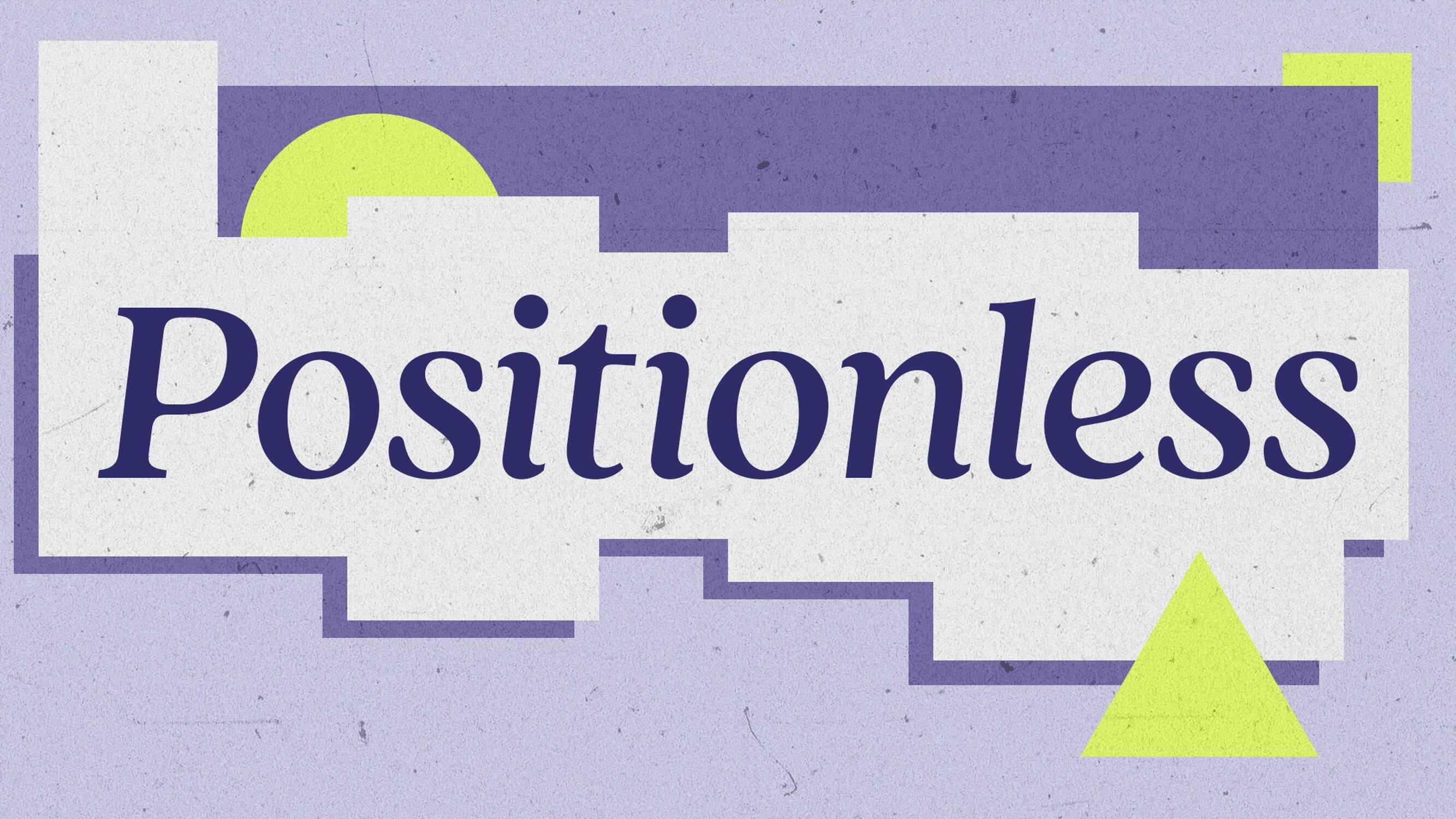
AI and the Retail Marketer’s Future
How AI transforms strategy and processes, driving the adoption of Positionless Marketing
Exclusive Forrester Report on AI in Marketing

Over the past 12 months, both Google and Apple have introduced powerful new mobile features aimed at putting control back in the hands of their users. The most recent changes from Apple are laser-focused on upgrades to their Lock Screen where the hallowed push notifications are displayed. And never one to be left behind (especially when it comes to Apple!) Google also upped the ante in June by giving app users a long-overdue choice on whether to accept or disable push notifications at the point of app installation.
The upshot? Building trust through mindful communication with app users is about to become the critical element of every mobile marketing strategy. Why? Trust is a fundamental expectation of the 2022 consumer. For a start, we all spend more with the brands we trust (46% more!), we stick around longer with them (no small feat when every Tom, Dick and Harry is vying for our attention), and as we embed them into our lives, we’re also far more likely to respond to personalized campaigns, engage with offers, and interact with the content that they create for us across their digital channels.
But fail on the trust issue, and you’re gonna run into problems - lots of them. In a recent Adobe report, consumers ranked the behaviors that brands engaged in which undermined their trust:
I don’t know how many times I’ve landed on a web page, or downloaded an app, only to be served a push message that asks me to opt-in to notifications, but in the same breath epically fails on telling me why I should bother.
These latest changes introduced by Google and Apple mean that it’s going to pay, literally, to start your trust-building journey by making the benefits of opting in to push messaging CLEAR from the get-go; users that opt-in are likely to remain your customers for up to 3 times longer than the ones who don’t.
The best way to get opt-in? The clearest motivation for most of us is ‘value’, either through discounts or rewards, with status notifications (think shipping and delivery etc), and privileged access (new products, events, services etc) also high on the list for reasons to opt-in - it’ll also help provide clairty for users whent it comes to deciding whether or not your app should be included when theyre setting up Focus modes in iOS.
Also worth taking into consideration is that app users are more likely to say yes to receiving communications if you give them control over what kind of messages they receive (promotional? Events? Community?) - and when they receive them. If you don’t, the likelihood of a ‘yes’ diminishes considerably (it’s one of the top reasons users opt-out - you have been warned!)
With the upgrades to iOS 15, users can now determine the degree of interruption they experience from push notifications via the new Focus feature. Each level has a different impact that will depend on the settings they’ve implemented, and give you more finely-tuned control over how campaign messages are shipped to your users. Mastering these is critical to building trust with new users and existing customers.
There are four options for you (though really only 3 - you should never need to use Critical unless you’re working for a government agency):
Active — The default level, exactly the same as notification behaviour preceding iOS 15
Critical — reserved for special government, security and health events, Critical notifiations require special approval from Apple and break through Focus as well as overriding the silent mode.
Passive — messages delivered without sound, vibration, or screen lighting
Time Sensitive —identical to the Active interruption level, with the same capabilities as Critical, minus volume alert selection or silent mode override.
The key is to master interruption levels for your notifications - and establish the best time of day to send them so that you’re not interrupting users at inconvenient times. A few ideas:
| | | | --- | --- | | Active | Finance - balance update, trading alerts Media - news updates, sports scores | | Passive | Retail - store events, new products, discount coupons QSRs - weekend menu, product recommendations | | Time Sensitive | Travel - updates, delays, reminders, final calls Food delivery - order confirmation, delivery status | | Critical | Weather - severe weather warnings Health - emergency and safety alerts |
Although you won’t have direct access to customer’s Focus settings, you can set up and run a series of A/B tests that focus on sending notifications during different time periods and assess how users are engaging with them.You’ll also find this a lot easier to do if you’re already segmenting your audience (and if you’re not, now’s a very good time to start!).
It can be tempting, nae, very tempting, to ship a ton of notifications as Time Sensitive; but not only would you be likely to alienate 90% of your audience, you’re unlikely to be able to even if that was the big plan. The first time a user receives a Time-Sensitive notification, they’re required to confirm your right to send that notification. If they don’t? It’s all over - you’ll never get to send another to that user again.
Of course, there will be instances when users need and expect Time-Sensitive notifications. If you’re Uber and you’re sending a push notification to let a customer know that their cab’s waiting outside, using frequent Time-Sensitive notifications is clearly OK. As you learn more about your user behavior and the intricacies of Focus, you’ll have more clarity around which levels are appropriate for different audiences.
With your push notifications heading for what could be a long list in a user’s Notification Summary, sending out a dozen messages a day (or more, as many companies for some reason are wont to do!) frequency may prove a fruitless pursuit if these notifications aren’t going to reach your intended user. In fact, such high-frequency delivery could work against you because iOS 15 means that your messages will be lumped together in the Notification Summary - if you’re sending 20 messages a day, and users are made aware of this in their Notification Summary, they may well exclude you entirely.
Our advice? A/B test to ascertain user behavior sending the normal number of push notifications to one group of users and a reduced number to another group to establish engagement. Take a deep dive into the results and identify any patterns - are users engaging more on fewer notifications, or is there little or no difference? Whatever you discover, use it to fine-tune your push strategy.
When a brand makes personalization a priority, trust inevitably follows. Understanding individual user needs; likes and dislikes; knowledge of every interaction they’ve ever had with you, and the channels on which they’ve had these interactions - all of these insights (and more!) will underpin the experience each of your customers has with your app. The key? Data. Armed with the right data, meeting your audience with the perfect offer, at the perfect time - and if you’re really on the ball, in the perfect place - will power deeper, more meaningful relationships with your customers, and cultivate the trust that will ensure longevity.
Messaging strategies and tactics need to be measured and tested. Trust-building strategies such as maximizing opt-in rates, ensuring new users are properly onboarded and reducing app user churn rates are all key to an app’s success, and all lead back to cultivating trust, building loyalty and ensuring customers stick around for the long-haul. If you’d like to discover more about how Optimove is helping brands build trust, let’s get the conversation started!
Exclusive Forrester Report on AI in Marketing
In this proprietary Forrester report, learn how global marketers use AI and Positionless Marketing to streamline workflows and increase relevance.


Rony Vexelman is Optimove’s VP of Marketing. Rony leads Optimove’s marketing strategy across regions and industries.
Previously, Rony was Optimove's Director of Product Marketing leading product releases, customer marketing efforts and analyst relations. Rony holds a BA in Business Administration and Sociology from Tel Aviv University and an MBA from UCLA Anderson School of Management.


